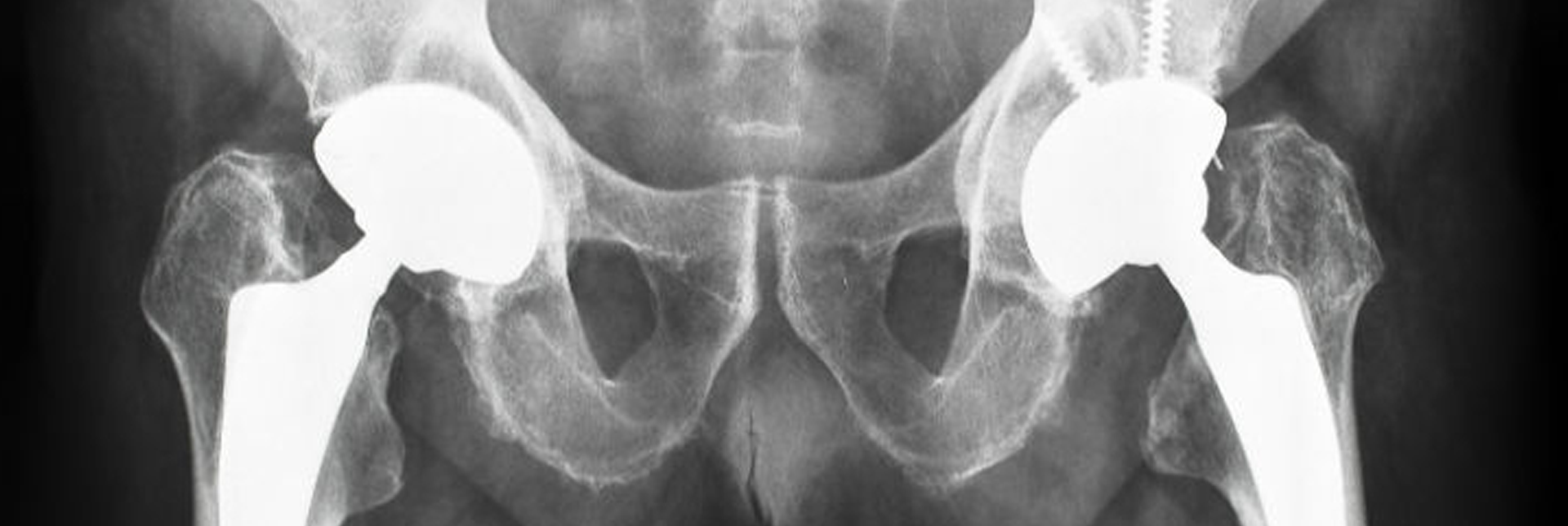Hip replacement is a procedure in which the surgeon removes damaged or diseased parts of the patient's hip joint and replaces them with new artificial parts. The operation itself is called hip arthroplasty. It is a type of surgery done to replace or reconstruct a joint. The artificial joint itself is called a prosthesis. Hip prostheses may be made of metal, ceramic, plastic, or various combinations of these materials.
This is performed for painful conditions of the hip like osteoarthritis, rheumatoid arthritis, avascular necrosis, certain fractures etc. Modern hip replacements make use of materials like titanium, ceramics, and cobalt-chrome that make them tough and durable. Age is not generally a concern when considering someone for a hip replacement as long as they have the right indication.
Hip arthroplasty has two primary purposes: pain relief and improved functioning of the hip joint.
Disorders and conditions that may lead to the need for hip replacement surgery include:
Osteoarthritis (OA). Rheumatoid arthritis (RA).
Trauma. Damage to the hip joint from a fall, automobile accident, or workplace or athletic injury may trigger the process of cartilage breakdown in the hip joint.
Avascular necrosis Avascular necrosis, which is also called osteonecrosis, is a disorder caused by the loss of blood supply to bone tissue. Bone starved for blood supply becomes weak and eventually collapses.
Ankylosing spondylitis (AS).

